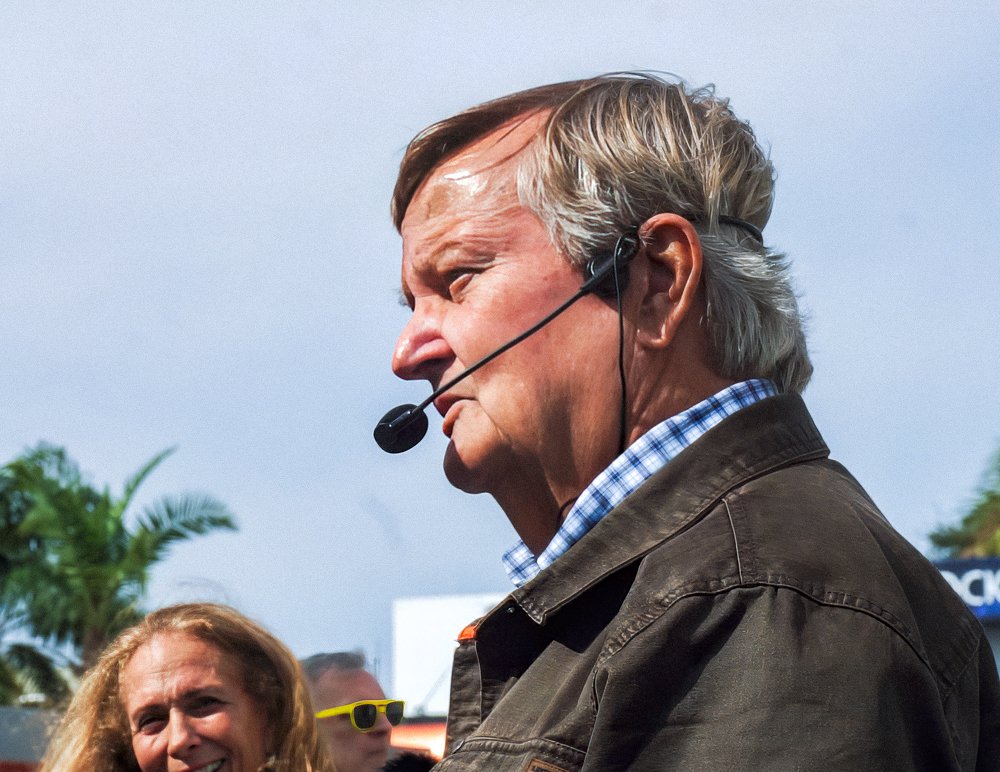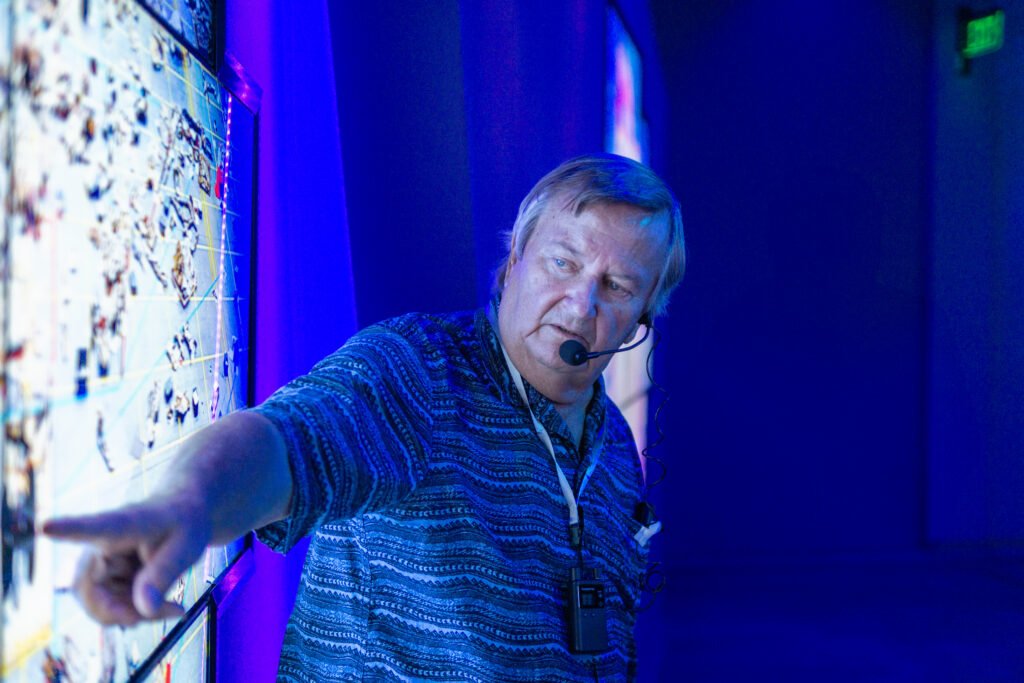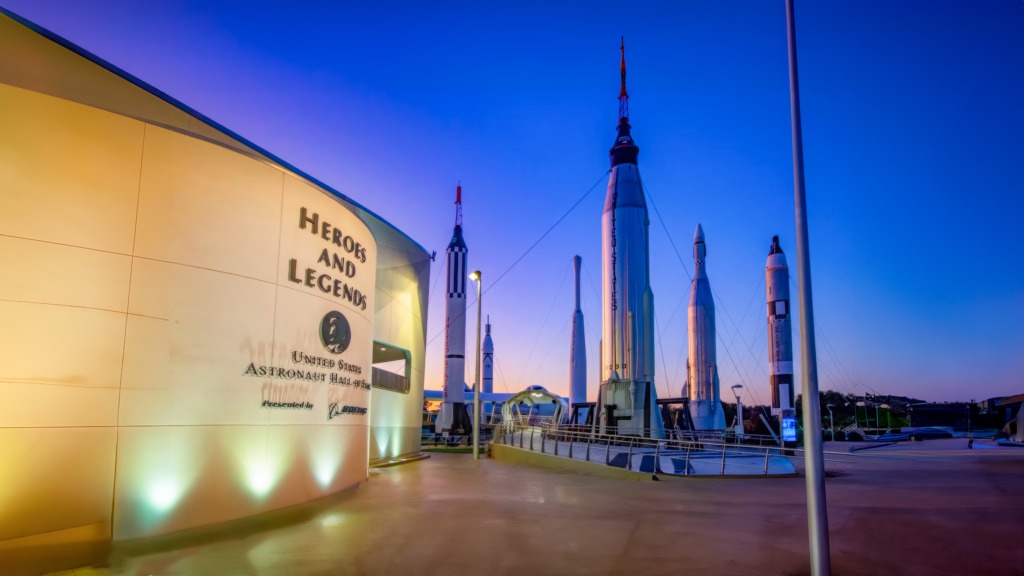Mike Leinbach’s journey at NASA transcends a mere story of technical expertise. His career reflects a deep commitment to leadership, resilience, and the pursuit of excellence. As Shuttle Launch Director, Leinbach became known for his unwavering empathy and accountability. His most defining moment, however, came during one of NASA’s darkest times—the Columbia disaster of 2003. In the aftermath, Leinbach’s leadership embodied the human element of space exploration. Mike Leinbach: Redefining Leadership through empathy and accountability, his legacy continues to influence NASA’s safety protocols, placing equal importance on innovation and safety.
Leinbach’s dream of working at NASA began in his childhood. His fascination with space exploration started in 1961, watching Alan Shepard’s historic flight. Leinbach joined NASA in 1984, and his career evolved rapidly. Beginning as a Launch Pad Structural Engineer, he ascended to the role of Shuttle Launch Director by 2000. While his technical abilities were recognized, it was his leadership in the most challenging moments that truly set him apart.
The Columbia Tragedy: A Defining Moment
February 2003 marked a tragic chapter in NASA’s history. Space Shuttle Columbia disintegrated during re-entry, resulting in the loss of all seven astronauts. This disaster profoundly impacted Mike Leinbach’s career. He took on a critical role, spearheading the recovery efforts. His approach went beyond technical recovery; it required deep human understanding. Mike Leinbach: Redefining Leadership in recovery missions transformed the recovery mission into a nationwide endeavor involving over 25,000 people. His leadership was rooted in transparency, compassion, and an unwavering commitment to safety. “We had to be open and honest,” Leinbach often emphasized, highlighting his belief in clear communication and accountability.
Leinbach’s influence did not end with the recovery. His relentless pursuit of safety improvements reshaped NASA’s approach to future missions. His work is a testament to Mike Leinbach: Redefining Leadership by fostering a culture that values open communication. He insisted that space exploration needed to prioritize human lives just as much as advancing technology.
Empathy as the Core of Leadership
Leinbach’s leadership style resonated deeply within NASA. His emphasis on empathy and human connection created an atmosphere where every team member felt valued. “I’m Mike,” he often said, breaking down traditional barriers within the hierarchy. This simple statement reflected his openness and encouraged collaboration. His ability to lead through understanding and compassion distinguished him as a leader who prioritized people above all else.
Following the Columbia disaster, Leinbach became an advocate for safety. He championed significant changes in NASA’s safety protocols and risk management strategies. His voice carried weight, and his influence continued to shape NASA’s space exploration efforts. His contributions to NASA’s Mission Management Team, established after the Challenger disaster, were vital in refining decision-making processes. “We must never rush,” Leinbach insisted, advocating for ‘schedule awareness’ rather than ‘schedule pressure.’
Pioneering NASA’s Dual-Launch Strategy
One of Mike Leinbach’s most significant contributions was his role in the 2009 STS-125 mission, the final servicing mission to the Hubble Space Telescope. This mission was notable not only for its scientific importance but also for its unprecedented safety protocols. After the Columbia tragedy, NASA heightened its safety measures. Leinbach played a key role in developing the dual-launch strategy. This plan involved preparing two shuttles—Atlantis, which serviced Hubble, and Endeavour, standing by for a potential rescue. It was a monumental achievement in NASA’s history and a testament to Leinbach’s meticulous attention to crew safety.
The mission’s success demonstrated NASA’s commitment to safety, a principle that Leinbach had tirelessly advocated. His leadership ensured that crew members were protected, and space missions were carried out with maximum precaution.

A Culture of Learning and Collaboration
Leinbach’s work extended beyond solving technical issues. He understood the value of learning from mistakes and believed that collaboration was essential to success. “Face-to-face communication is irreplaceable,” Leinbach often stated, emphasizing the need for direct interactions when tackling complex problems in space exploration. His belief that personal interactions were essential to finding solutions became a core aspect of his leadership philosophy.
Reflecting on his career, Leinbach expressed humility. “The people who never make mistakes aren’t doing anything,” he once said, acknowledging that failure was part of progress. He believed in learning from every challenge and viewed his leadership as a continuous journey of improvement. This mindset inspired those around him, encouraging resilience in the face of adversity.
Leadership Legacy: Mike Leinbach’s Enduring Influence
Mike Leinbach’s legacy goes beyond his technical accomplishments. Mike Leinbach: Redefining Leadership within NASA by balancing technical precision with empathy and human understanding. His story is one of perseverance, empathy, and a commitment to safety. Leinbach’s approach to leadership continues to influence NASA’s space exploration endeavors, reminding us that space missions are not only about advancing technology but also about protecting the people who make those missions possible.
Leinbach’s insights are captured in his book Bringing Columbia Home, where he reflects on the importance of teamwork and transparency. His leadership during one of NASA’s most challenging times earned him the prestigious Presidential Rank Award, solidifying his place in history as a leader who combined technical excellence with a deep concern for humanity.




